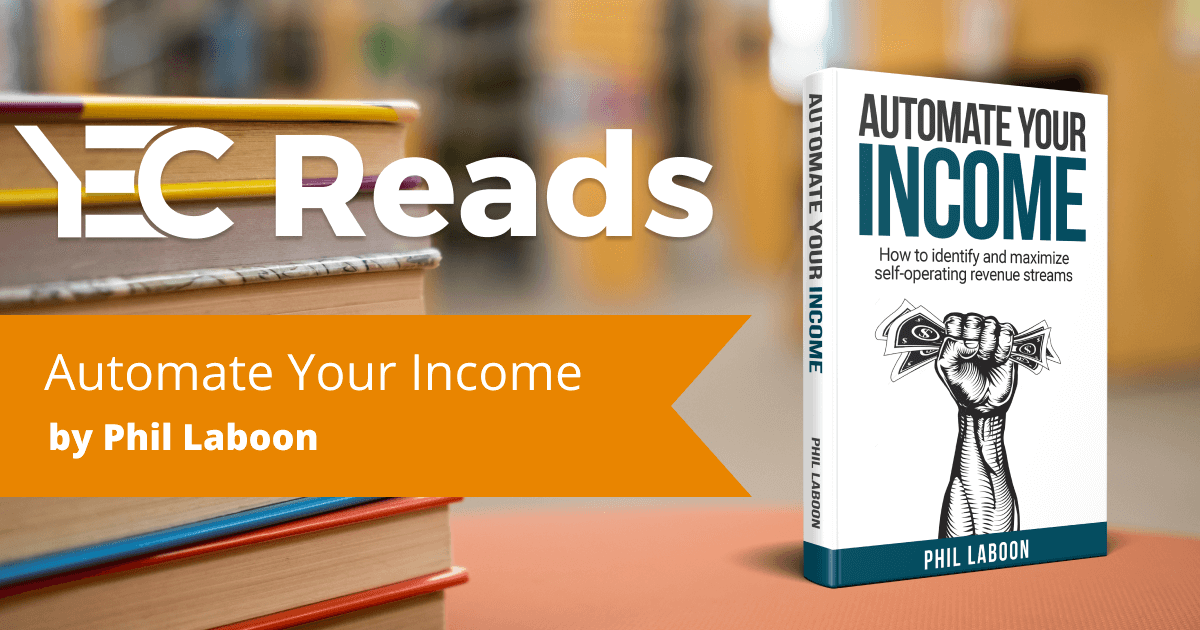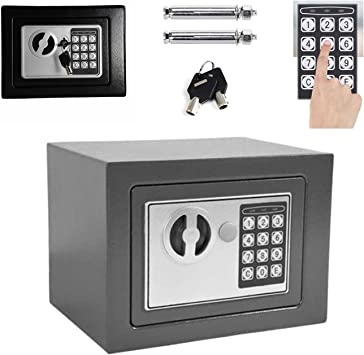
A mobile trading app is a great option if you are looking to trade Forex. The best apps offer intuitive interfaces and great functionality. You also have all the tools you need to trade on the markets. If you're using a smartphone, you should check out the MetaTrader 4 app. It is extremely easy to use and allows for simultaneous trading in multiple currencies. To use the app, you don't need switch between tabs and windows.
eToro, the best forex trading app
Forex traders looking to increase their profits using leveraged trades will find the eToro trading app a powerful tool. It can be used on both desktop and smartphone platforms. The leverage allows for trades with 1:10. This type allows users to trade with much more money than they actually own. Leverage allows you to trade with more money than you actually have. If you lose $90 on a trade eToro will lend it to you and charge you interest.

The eToro platform also has an added social element. The CopyTrader tool allows you to copy portfolios of other traders without paying any fees. You can choose a trader from the list and set an amount that you are comfortable with. Once you have the funds, you can click on the copy button and see the performance of your chosen trader. While you can stop the copy process at anytime, it is recommended that you limit your funds to $200.
Oanda offers zero spreads
Oanda is a well-respected broker. Their trust score is 91. They offer zero commissions and one-click trading. Their demo account can be used to give you an idea of their services. Before making a decision, you can also look at their educational materials and programs. Oanda has many account types, but a demo account would be the best choice for someone who is still learning about the forex market.
Oanda doesn't charge any withdrawal fees or deposits, but there are some costs. The first withdrawal you make every calendar month is free. If Oanda has not been active for twelve months, you'll be charged a flat rate of ten currencies. For each overnight position you keep open, you will also be charged a fee twenty dollars. These fees are reasonable given the volume of trades. Zero-spread accounts can be found for as low as $3.50AUD.
Thinktrader offers social trading
ThinkTrader is not only able to offer social forex trading features but it also integrates With TrendRisk Scanner. This stock scanning and signal-scanning tool actively scans many markets and offers risk management options. ThinkTrader is a good choice for beginners, as it offers the ZuluTrade social trade platform. Clients can filter through top traders to find best deals. The service is licensed by the Australian Securities and Investment Commission, the Financial Conduct Authority, and the South African Financial Sector Conduct Authority.

ThinkTrader provides a variety of educational resources. These resources include guides, webinars, courses, and free articles. There are also resources for all levels of experience, including an economic calendar and glossary. ThinkTrader is very user-friendly so you can get started trading quickly. However, newcomers to the market may wish to start small and gain more experience before joining the service.
FAQ
Should I diversify?
Diversification is a key ingredient to investing success, according to many people.
In fact, financial advisors will often tell you to spread your risk between different asset classes so that no one security falls too far.
This strategy isn't always the best. You can actually lose more money if you spread your bets.
Imagine you have $10,000 invested, for example, in stocks, commodities, and bonds.
Suppose that the market falls sharply and the value of each asset drops by 50%.
You still have $3,000. However, if all your items were kept in one place you would only have $1750.
You could actually lose twice as much money than if all your eggs were in one basket.
It is important to keep things simple. Don't take more risks than your body can handle.
When should you start investing?
On average, $2,000 is spent annually on retirement savings. If you save early, you will have enough money to live comfortably in retirement. If you wait to start, you may not be able to save enough for your retirement.
You must save as much while you work, and continue saving when you stop working.
The sooner you start, you will achieve your goals quicker.
When you start saving, consider putting aside 10% of every paycheck or bonus. You can also invest in employer-based plans such as 401(k).
Make sure to contribute at least enough to cover your current expenses. After that you can increase the amount of your contribution.
What can I do to manage my risk?
You must be aware of the possible losses that can result from investing.
An example: A company could go bankrupt and plunge its stock market price.
Or, the economy of a country might collapse, causing its currency to lose value.
You run the risk of losing your entire portfolio if stocks are purchased.
Therefore, it is important to remember that stocks carry greater risks than bonds.
One way to reduce risk is to buy both stocks or bonds.
This will increase your chances of making money with both assets.
Spreading your investments across multiple asset classes can help reduce risk.
Each class has its own set of risks and rewards.
For example, stocks can be considered risky but bonds can be considered safe.
If you're interested in building wealth via stocks, then you might consider investing in growth companies.
You may want to consider income-producing securities, such as bonds, if saving for retirement is something you are serious about.
What are the types of investments you can make?
There are four types of investments: equity, cash, real estate and debt.
Debt is an obligation to pay the money back at a later date. It is used to finance large-scale projects such as factories and homes. Equity is the right to buy shares in a company. Real estate refers to land and buildings that you own. Cash is what you have on hand right now.
When you invest in stocks, bonds, mutual funds, or other securities, you become part owner of the business. You are part of the profits and losses.
Statistics
- They charge a small fee for portfolio management, generally around 0.25% of your account balance. (nerdwallet.com)
- 0.25% management fee $0 $500 Free career counseling plus loan discounts with a qualifying deposit Up to 1 year of free management with a qualifying deposit Get a $50 customer bonus when you fund your first taxable Investment Account (nerdwallet.com)
- As a general rule of thumb, you want to aim to invest a total of 10% to 15% of your income each year for retirement — your employer match counts toward that goal. (nerdwallet.com)
- If your stock drops 10% below its purchase price, you have the opportunity to sell that stock to someone else and still retain 90% of your risk capital. (investopedia.com)
External Links
How To
How to Properly Save Money To Retire Early
Planning for retirement is the process of preparing your finances so that you can live comfortably after you retire. It's when you plan how much money you want to have saved up at retirement age (usually 65). It is also important to consider how much you will spend on retirement. This includes hobbies, travel, and health care costs.
It's not necessary to do everything by yourself. Many financial experts are available to help you choose the right savings strategy. They'll look at your current situation, goals, and any unique circumstances that may affect your ability to reach those goals.
There are two main types - traditional and Roth. Traditional retirement plans use pre-tax dollars, while Roth plans let you set aside post-tax dollars. You can choose to pay higher taxes now or lower later.
Traditional Retirement Plans
Traditional IRAs allow you to contribute pretax income. Contributions can be made until you turn 59 1/2 if you are under 50. If you want your contributions to continue, you must withdraw funds. After turning 70 1/2, the account is closed to you.
If you have started saving already, you might qualify for a pension. The pensions you receive will vary depending on where your work is. Many employers offer match programs that match employee contributions dollar by dollar. Some offer defined benefits plans that guarantee monthly payments.
Roth Retirement Plans
Roth IRAs do not require you to pay taxes prior to putting money in. Once you reach retirement, you can then withdraw your earnings tax-free. There are however some restrictions. There are some limitations. You can't withdraw money for medical expenses.
A 401(k), or another type, is another retirement plan. These benefits are often provided by employers through payroll deductions. Additional benefits, such as employer match programs, are common for employees.
401(k) Plans
Most employers offer 401(k), which are plans that allow you to save money. You can put money in an account managed by your company with them. Your employer will automatically pay a percentage from each paycheck.
You can choose how your money gets distributed at retirement. Your money grows over time. Many people decide to withdraw their entire amount at once. Others distribute their balances over the course of their lives.
There are other types of savings accounts
Other types are available from some companies. TD Ameritrade allows you to open a ShareBuilderAccount. You can also invest in ETFs, mutual fund, stocks, and other assets with this account. Plus, you can earn interest on all balances.
Ally Bank has a MySavings Account. This account allows you to deposit cash, checks and debit cards as well as credit cards. You can then transfer money between accounts and add money from other sources.
What Next?
Once you are clear about which type of savings plan you prefer, it is time to start investing. Find a reputable investment company first. Ask family members and friends for their experience with recommended firms. You can also find information on companies by looking at online reviews.
Next, figure out how much money to save. This step involves figuring out your net worth. Net worth refers to assets such as your house, investments, and retirement funds. It also includes debts such as those owed to creditors.
Divide your net worth by 25 once you have it. This number is the amount of money you will need to save each month in order to reach your goal.
For example, if your total net worth is $100,000 and you want to retire when you're 65, you'll need to save $4,000 annually.